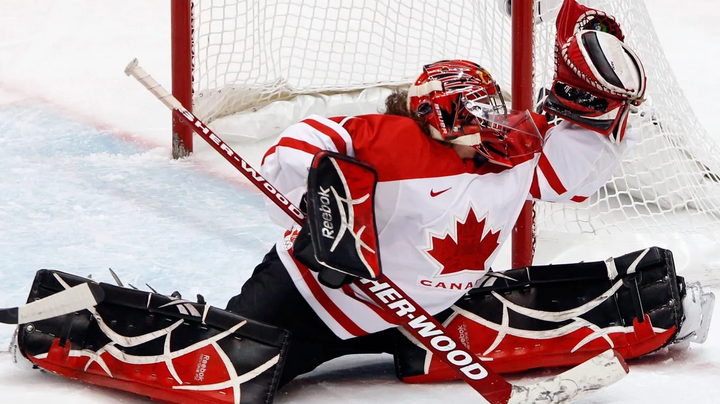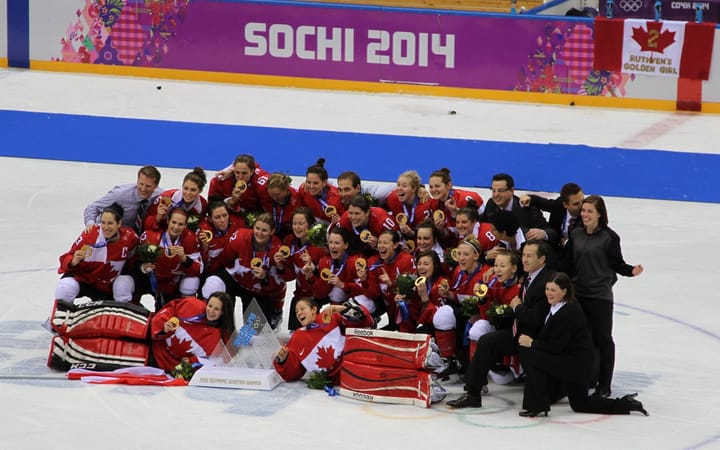Column: Don't rest on the PHF's cap floor
Why we need to pay attention to the low end of the salary spectrum and the cap floor.

The PHF's $1.5 million salary cap for the 2023-24 season is the talk of women's hockey, as it should be. That figure should translate to more than half of a PHF roster making enough to make a living playing pro hockey. And that means more players having access to the pro lifestyle that has eluded all but a select few since pro women's hockey first began in North America. That, in and of itself, is history.
It's easy to get swept up in that number and what it can represent but, truth be told, it isn't nearly as important as the league's salary cap floor of $1,150,000.
The cap floor of $1,150,000 represents 75 percent of the cap ceiling and every front office, with the possible exception of the Boston Pride, is thinking more about that number as they build their rosters this offseason. All of the PHF's small group of owners are running a business. What motivation do they have to spend to the cap ceiling? If six of the seven teams spend to the floor and not a penny more, that is a collective $2,100,000 saved. For this example, that's also over $2 million that would not find its way to players.
Food for thought:
— Mike Murphy (@DigDeepBSB) April 21, 2023
Watts' $150k and Bellamy's $120k are outliers. @CapBesties' historical data shows 18 known contracts with cap% above 8% (Bellamy is 8%). That assumes teams are spending to the ceiling. Most won't.
The majority will make less than $60k. The mode matters more.
Without full salary transparency, we don't know what teams are actually spending on their players. For the second consecutive season, salary disclosure is up to the discretion of players. As important and valuable as those disclosed salaries are, they represent a puzzle with too many missing pieces to stitch together a picture of team spending. If we knew the spending of each team, we'd at least have the picture on the box the puzzle pieces come in. We'd have context and an understanding of what teams and owners are spending.
That is a level of transparency we won't see until more players and media call for it. For the record, this is me doing just that for both the PHF and the PWHL, when it arrives.
To be clear, $1,150,000 as a cap floor for a roster of 22-25 players is absolutely something to be excited about. It represents tremendous progress and growth. But the flag that is flapping loudly in the wind in free agency is $1,500,000. That is the number on the minds of fans and, more importantly, players - but it may be misrepresenting what is actually happening. Why wouldn't a player who made $25,000 in 2022-23 under a $750,000 cap expect to make $50,000 in 2023-24? The current scuttlebutt is that things aren't that cut and dry in free agency.
Every league will have teams and owners who have deeper pockets than others. That's just one reason why a league minimum salary and a salary cap floor are so important. But we need to pay very close attention to the low end of the spectrum because it is likely closer to reality in the business world - especially in the women's sports business world.
As we see the unveiling of more headline-worthy six-figure contracts, we need to remember that those are the outliers. Our old friend math tells us that teams simply can't have more than a few of them. Those deals will draw attention to the PHF, which is just what the league wants them to do, but they are just part of the story. Each monster deal leaves less for the bottom-six forwards, third pair defenders, backup goalies, and rookies who will take less for a chance to prove themselves as a pro. Those are the players who will be confronted with the cap floor in negotiations.
It's not news that we still have work to do. The current landscape of player compensation is just a snapshot of the construction underway when it comes to the PHF. Of course there's scaffolding, some stray coffee cups, and nails lying around; the work isn't done. But it would be nice to have a look at the blueprint of the big picture every now and then. That blueprint is full salary transparency and transparency of team spending, and I'm not sure we get there without a union and a CBA between the league and its players.
I'm grateful for every salary that is shared and doubly grateful for those shared by players making less than the projected mean of $60,000. Because that isn't what most players will make. Most will make less than that if most general managers and front offices are measuring by the cap floor – and that's why the cap floor means so much more than the ceiling: it will determine where the majority of the league players stand.





Comments ()